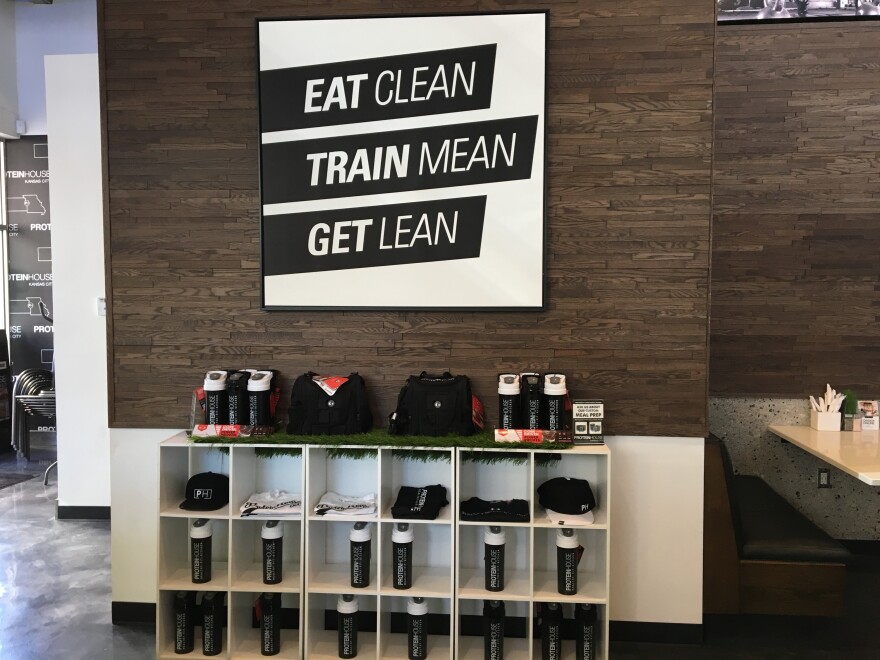Seeking what he called “clean” food for lunch, Alexander Minnelli chose ProteinHouse, one of the newer restaurants in downtown Kansas City.
The bodybuilder ordered a Greek Bowl, which was topped with a "natural" turkey burger, produced without antibiotics. Minnelli describes "clean" as a number of things: "not something deep-fried," "non-GMO, no preservatives, something cooked right away, fresh."
Healthy eaters like Minnelli are helping drive what will be a record year for meat consumption, along with trends like a “pork craze” and cheap prices. Each one of us, on average, will consume more than 222 pounds of beef, pork, chicken or turkey, according to the U.S. Department of Agriculture.
“We are a nation of protein eaters,” said David Portalatin, a food industry analyst with NPD Group, a global firm that tracks consumer behavior.

Fifty-six percent of consumers named protein as the top nutrient they are looking to add to their diet, according to NPD Group research. Most consumers aren’t going with one fad diet, but rather eating fewer carbohydrates, he said.
“There’s several (low-carb diets) people may be borrowing bits and pieces from,” he said, “but ultimately what the consumer is saying is: ‘I’m going to do what works for me.’”
Despite the rise in interest of plant-based or lab-grown proteins, Portalatin said actual consumption of it is low compared to the popularity of beef, pork, chicken and turkey.
NPD’s research shows that when consumers say they are seeking protein, it’s typically animal protein, though they now talk about wanting it “clean,” a definition that means different things to different people, although it includes terms such as organic, grass-fed, cage-free, or free-range. Americans also are packing on more protein through eggs and dairy substitutes like almond milk and coconut milk, Portalatin said.
His research shows that consumers don’t really like typical diet definitions, either. It’s true for Thomas Donnelly, who ordered a hummus wrap at ProteinHouse and said he mostly stays away from meat – sort of.
“But then I’ll go have barbeque on the weekends every now and then,” he said.
Donnelly also said he doesn’t like labels like vegetarian or flexitarian – those are people who eat mostly vegetables with some meat thrown in. That makes sense to David Sprinkle, a food market researcher with a company called Packaged Facts.

“A confusing thing about consumer food trends is that conflicting trends are always at work,” Sprinkle said, “often within the same individual and over the course of the same day.”
The meat movement Sprinkle sees is much more towards traditional – and not entirely healthy – dishes: “There is a real celebration of meat of all types, and we’ve seen that with the pork craze, pulled pork sandwiches, the bacon craze, we’re seeing bacon in our candy bars.”
The other big trends are big-calorie dishes like gourmet burgers, fried chicken, beef short ribs and charcuterie.
And don’t forget, U.S. supplies of red meat and chicken are at record highs, thanks to a grain glut, so prices at the grocery store are low.
The more cheap meat, the more you’re likely to eat. Though the USDA recommends having five to six ounces of protein daily, it forecasts we’ll consume double that every single day this year.
Peggy Lowe is an investigative reporter for Harvest Public Media and KCUR. She's on Twitter at @peggylowe.




